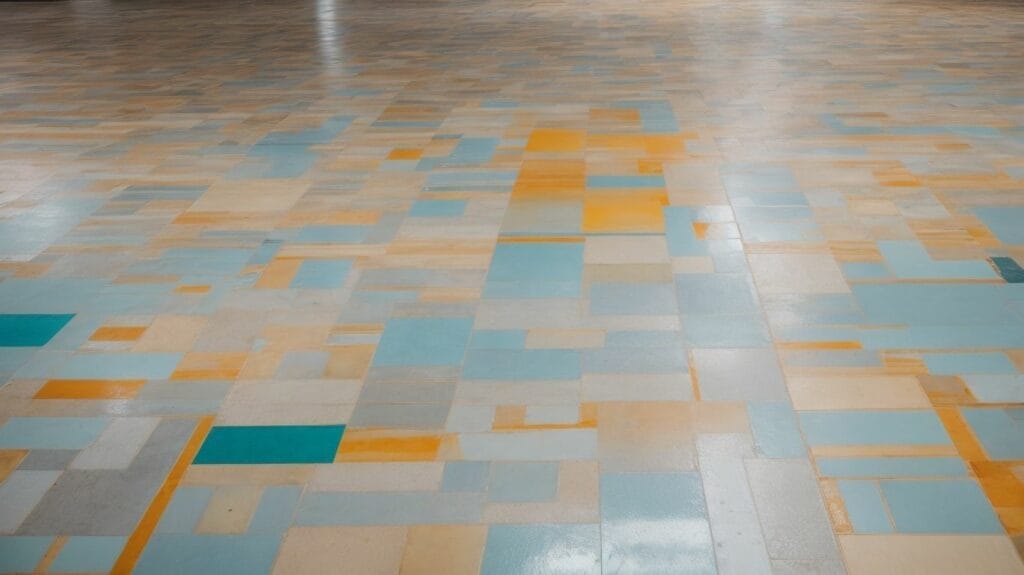Epoxy flooring is a popular type of flooring that is made from a combination of resins and hardeners. It is applied as a liquid to form a seamless and durable surface that is resistant to wear and tear. Epoxy flooring is commonly used in industrial, commercial, and residential settings due to its numerous benefits. In this article, we will discuss the different types of epoxy flooring, their advantages, and how to choose the right one for your space.
Epoxy flooring is a highly durable and versatile option for any flooring needs. It is known for its ability to withstand heavy traffic, chemicals, and impact. Additionally, it is resistant to scratches, stains, and moisture, making it an ideal choice for high-traffic areas. Epoxy flooring is also easy to maintain and can last for years with minimal upkeep.
There are eight main types of epoxy flooring, each with its unique features and benefits. These include:
- Self-Leveling Epoxy Floors: Ideal for areas with uneven surfaces, this type of flooring is self-leveling and can create a smooth and flat surface.
- Epoxy Mortar Floors: These floors are made by mixing epoxy with sand or quartz, creating a thick and durable surface that is resistant to heavy impact and chemicals.
- Epoxy Flaked Floors: This type of flooring is popular for its decorative appeal, with colored flakes added to the epoxy to create a unique and textured surface.
- Epoxy Terrazzo Floors: Made by mixing epoxy with marble or granite chips, this type of flooring offers a high-end and luxurious look.
- Epoxy Anti-Static Floors: These floors are commonly used in industrial settings to prevent static electricity and protect sensitive equipment.
- Epoxy Gravel Floors: Ideal for outdoor spaces, this type of flooring is made by mixing epoxy with small rocks or pebbles to create a slip-resistant surface.
- Epoxy Metallic Floors: This type of flooring creates a unique and eye-catching look with metallic pigments added to the epoxy.
- Epoxy Terrazzo Floors: Similar to the previous type, this type of flooring uses epoxy and a mix of materials like glass, shells, or plastic to create a decorative and durable surface.
When choosing the right epoxy flooring, consider factors such as the purpose of the space, the level of traffic and usage, budget, and aesthetic preferences. It is also crucial to install epoxy flooring properly to ensure its durability and longevity. The installation process typically includes surface preparation, primer application, epoxy coating application, and a topcoat for added protection and shine.
In conclusion, epoxy flooring is a durable, versatile, and cost-effective option for any space. With various types to choose from, you can find the perfect epoxy flooring to meet your needs and enhance the look of your space. Properly installed and maintained, epoxy flooring can provide long-lasting and appealing flooring for your home or business.
Key Takeaways:
- Epoxy flooring offers durability, versatility, easy maintenance, and cost-effectiveness, making it a popular choice for flooring solutions.
- The 8 types of epoxy flooring, including self-leveling, mortar, flaked, terrazzo, anti-static, gravel, metallic, and terrazzo, offer various benefits and cater to different purposes and preferences.
- Factors such as the purpose of the space, traffic and usage, budget, and aesthetics should be considered when choosing the type of epoxy flooring to ensure the best fit for your needs.
What is Epoxy Flooring?
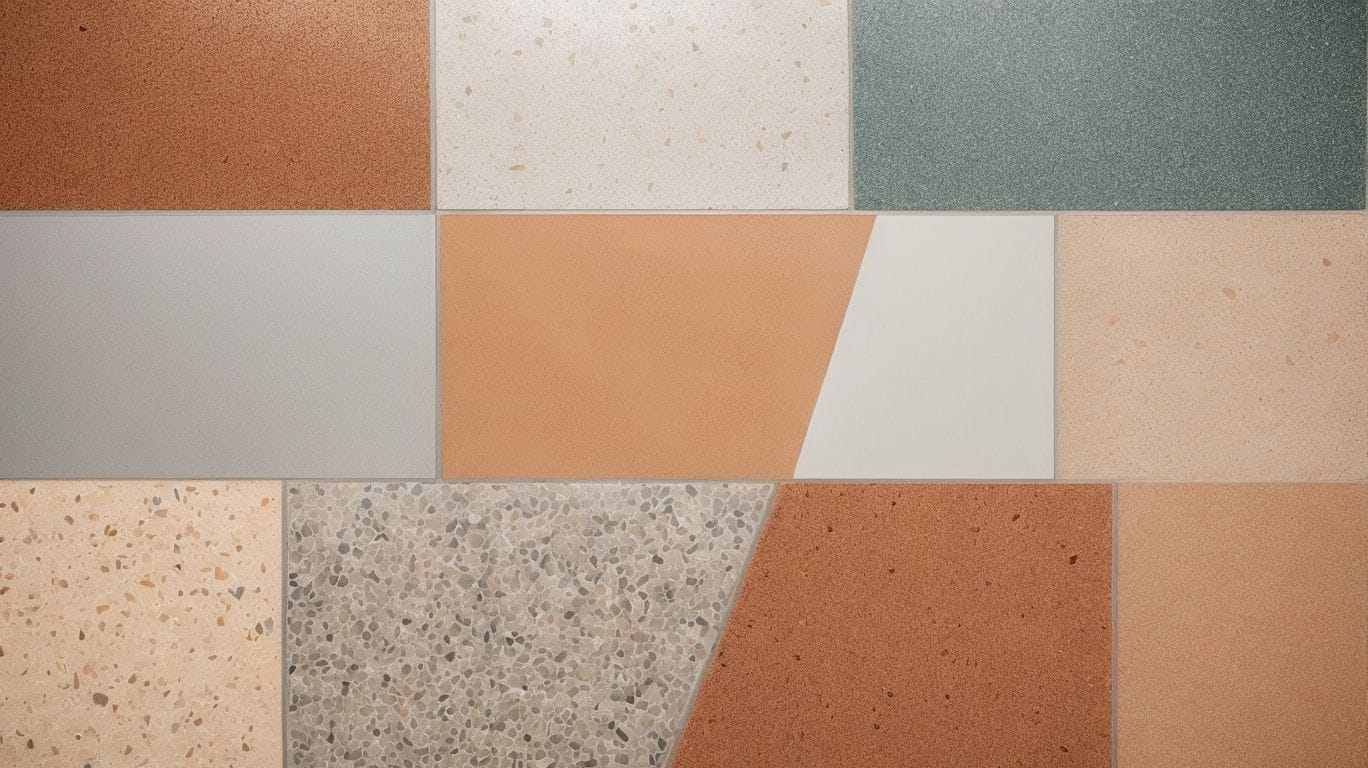
Photo Credits: Diyepoxyresin.Com by Gerald Thompson
Epoxy flooring is a durable and long-lasting option for residential, commercial, and industrial spaces. It is a type of resin that, when applied to concrete floors, forms a tough, seamless, and chemical-resistant surface.
True story: Sarah, a small business owner, transformed her old warehouse floor with epoxy coating. Not only did it enhance the floor’s appearance, but it also improved its durability, making maintenance easier for her bustling business. So, what exactly is epoxy flooring? It is a type of flooring that is made from resin and is known for its durability and chemical resistance, making it a popular choice for various spaces. Sarah’s experience is a testament to its effectiveness and practicality for business owners like her.
Why Choose Epoxy Flooring?
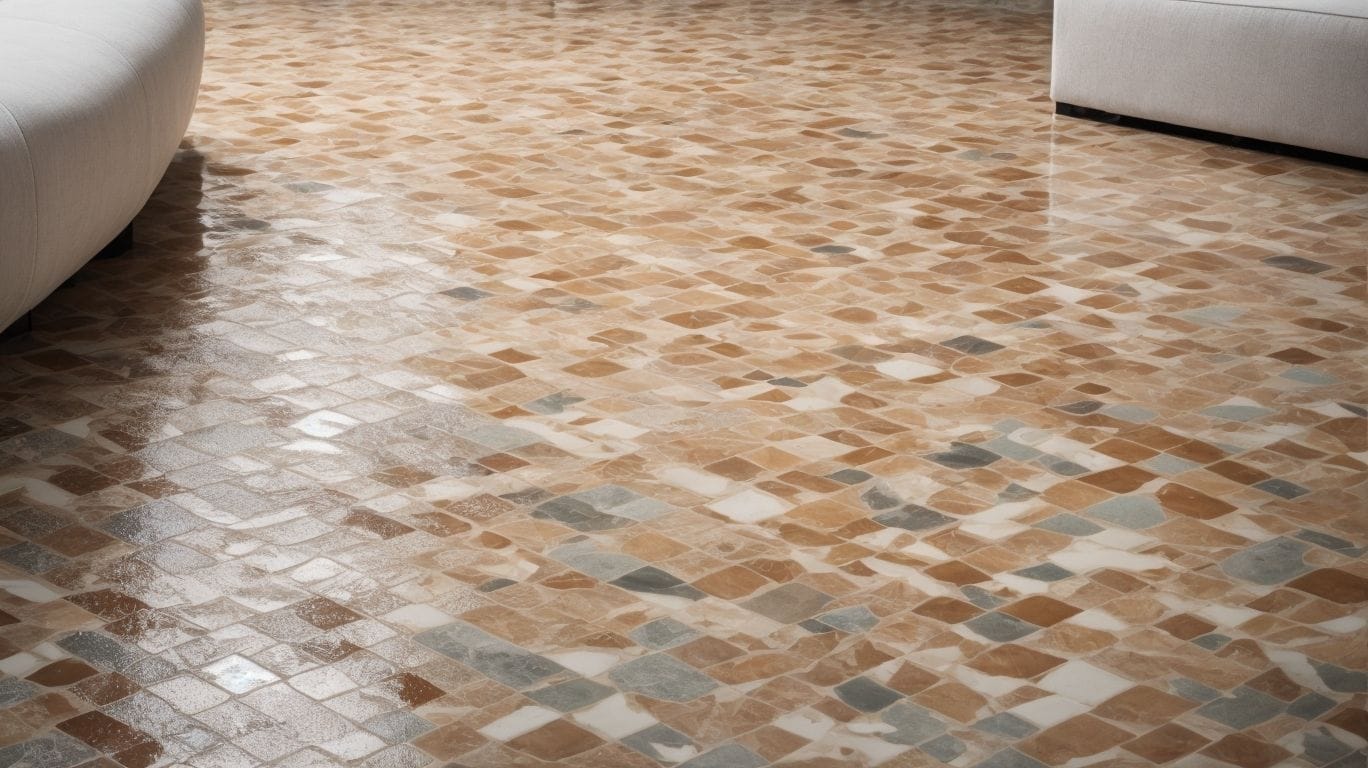
Photo Credits: Diyepoxyresin.Com by Eugene Taylor
When it comes to choosing the right flooring for your space, epoxy flooring is a top contender. This durable and versatile flooring option offers a range of benefits that make it a popular choice for both residential and commercial spaces. In this section, we will explore the various reasons why epoxy flooring is a smart choice. From its unmatched durability to its cost-effective nature, we will discuss the key factors that make epoxy flooring stand out among other flooring options.
1. Durability
- Choose high-quality epoxy with exceptional durability, capable of withstanding heavy foot traffic and equipment.
- Ensure that the epoxy coating is resistant to chemicals, preventing any damage from spills and leaks.
- Consider the impact resistance of the epoxy to withstand heavy objects and potential drops.
- Opt for epoxy with UV protection to prevent discoloration and degradation from exposure to sunlight.
- Verify the abrasion resistance of the epoxy to maintain its appearance and integrity over time.
2. Versatility
- Flexibility in Design: Epoxy flooring offers a wide range of colors, patterns, and finishes, allowing customization for various spaces such as garages, kitchens, or commercial areas.
- Adaptability: Suitable for different surfaces, including concrete, wood, and metal, making it a versatile option for diverse flooring needs.
- Usage in Various Settings: From industrial warehouses to residential spaces, epoxy flooring proves its versatility in different environments.
3. Easy Maintenance
- Regular Cleaning: To maintain the durability and appearance of epoxy flooring, it is important to regularly sweep or vacuum the floor to remove dirt and debris. Using a gentle cleanser with a mop can also help keep the surface clean.
- Preventive Measures: To prevent damage and wear on the floor, consider placing doormats at entrances to minimize the tracking of dirt and grit. Using furniture pads can also help prevent scratches.
- Professional Maintenance: For optimal maintenance, it is recommended to schedule periodic professional cleanings and inspections to address any potential issues early on.
When it comes to easy maintenance of epoxy flooring, following these steps for regular cleaning and preventive measures can help preserve its durability and appearance. Additionally, investing in professional maintenance services can extend the lifespan of the floor.
4. Cost-Effective
- When considering the initial cost of epoxy flooring, be sure to factor in installation expenses as well.
- To save on long-term cleaning and repair costs, look for options with low maintenance requirements.
- Do your research on epoxy flooring materials that offer durability and longevity, as this can reduce the need for frequent replacements.
- When seeking out suppliers or manufacturers, prioritize those that offer competitive pricing without compromising quality.
To achieve cost-effectiveness with epoxy flooring, it is important to prioritize durability, low maintenance, and competitive pricing for long-term savings.
Types of Epoxy Flooring
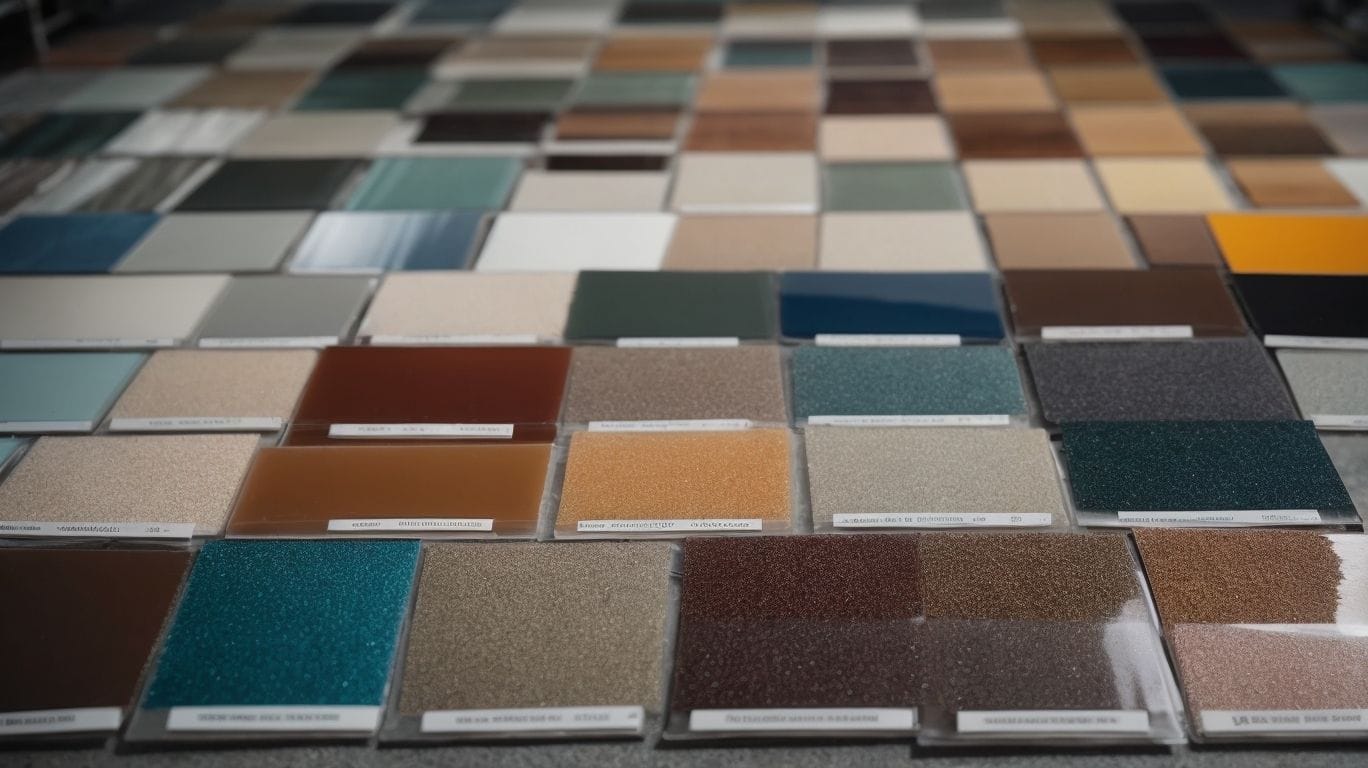
Photo Credits: Diyepoxyresin.Com by Christopher Rodriguez
When it comes to durable and versatile flooring options, epoxy is a top choice for many. However, there are various types of epoxy flooring available, each with its unique characteristics and benefits. In this section, we will explore the eight best types of epoxy flooring and their specific uses and advantages. From self-leveling epoxy floors to metallic epoxy floors, we’ll cover everything you need to know to make an informed decision for your flooring needs.
1. Self-Leveling Epoxy Floors
- To create self-leveling epoxy floors, start by preparing the surface through thorough cleaning and repairing any cracks or damages.
- Next, follow the manufacturer’s instructions to mix the self-leveling epoxy.
- Then, pour the epoxy onto the floor, beginning at the farthest corner and working towards the exit.
- Use a trowel or squeegee to spread the epoxy evenly, ensuring a smooth and level surface.
- Finally, allow the epoxy to cure for the recommended time, typically 24-72 hours, before walking or placing heavy items on the floor.
2. Epoxy Mortar Floors
- Before beginning, make sure that the substrate is clean, dry, and free of any contaminants.
- Mix the epoxy resin and hardener according to the manufacturer’s instructions.
- Using a trowel, apply the mortar mixture to the prepared substrate.
- Smooth the surface with a steel trowel to achieve the desired finish for the epoxy mortar floor.
- Follow the manufacturer’s recommended curing time for the epoxy mortar floor.
3. Epoxy Flaked Floors
- Prepare the surface by thoroughly cleaning and degreasing it.
- Apply the epoxy base coat and evenly broadcast the vinyl flakes onto the wet surface.
- Allow the base coat to cure before scraping off any loose flakes.
- To seal the floor and protect the flakes, apply the epoxy topcoat.
For an added aesthetic appeal, consider using contrasting colors for the base coat and flakes, and make sure to provide proper ventilation during the application process.
4. Epoxy Terrazzo Floors
- Preparation: Evaluate the condition of the concrete slab and make any necessary repairs.
- Priming: Coat the surface with a primer to ensure proper adhesion of the epoxy terrazzo system.
- Blending: Combine the epoxy resin with the chosen aggregates and colorants to create the desired terrazzo blend.
- Installation: Pour the epoxy terrazzo mixture onto the primed surface and spread it evenly.
5. Epoxy Anti-Static Floors
- Understanding the requirements: Evaluate the specific needs of the environment to determine the necessary level of static dissipation.
- Surface preparation: Thoroughly clean the surface and remove any contaminants that may impact the performance of the epoxy anti-static flooring.
- Application of primer: Use a conductive primer to improve the bond between the concrete substrate and the epoxy coating, ensuring effective static dissipation.
- Application of epoxy coating: Utilize a specialized epoxy anti-static coating with conductive properties to achieve the desired level of static dissipation.
- Regular maintenance: Establish a maintenance plan to maintain the effectiveness of the epoxy anti-static flooring over time.
6. Epoxy Gravel Floors
- Prepare the surface: Clean and etch the existing floor to ensure proper adhesion.
- Prime the floor: Apply an epoxy primer to enhance the bond between the gravel and the epoxy resin.
- Apply the epoxy resin: Mix the epoxy resin and hardener, then pour it over the gravel to create a durable, textured surface.
- Smooth the surface: Use a trowel to smooth the epoxy gravel surface for a polished finish.
True story: A homeowner transformed their garage with Epoxy Gravel Floors, creating a stunning, slip-resistant surface that garnered compliments from all visitors.
7. Epoxy Metallic Floors
- Preparation: Clean and prepare the existing floor to ensure proper adhesion for the Epoxy Metallic Floors.
- Base coat: Apply a base coat of epoxy in the desired color for the Epoxy Metallic Floors.
- Metallic coat: Use a metallic epoxy coating, incorporating metallic pigments for a unique finish on the Epoxy Metallic Floors.
- Spread and blend: Spread the metallic epoxy and blend it to create the desired look for the Epoxy Metallic Floors, ensuring even distribution.
- Topcoat: Apply a clear topcoat to protect the metallic epoxy and enhance its durability for the Epoxy Metallic Floors.
8. Epoxy Terrazzo Floors
- Prepare the surface by grinding it to achieve the desired level of smoothness and cleanliness.
- Apply a bonding agent to the prepared surface to ensure proper adhesion of the epoxy terrazzo flooring.
- Mix the epoxy resin with selected aggregates and pigments to create the terrazzo mixture.
- Pour and spread the terrazzo mixture evenly over the prepared surface.
- Grind and polish the terrazzo surface to reveal the desired pattern and achieve a smooth finish.
- Apply a sealant to protect and enhance the durability and longevity of the epoxy terrazzo floors.
Factors to Consider When Choosing Epoxy Flooring
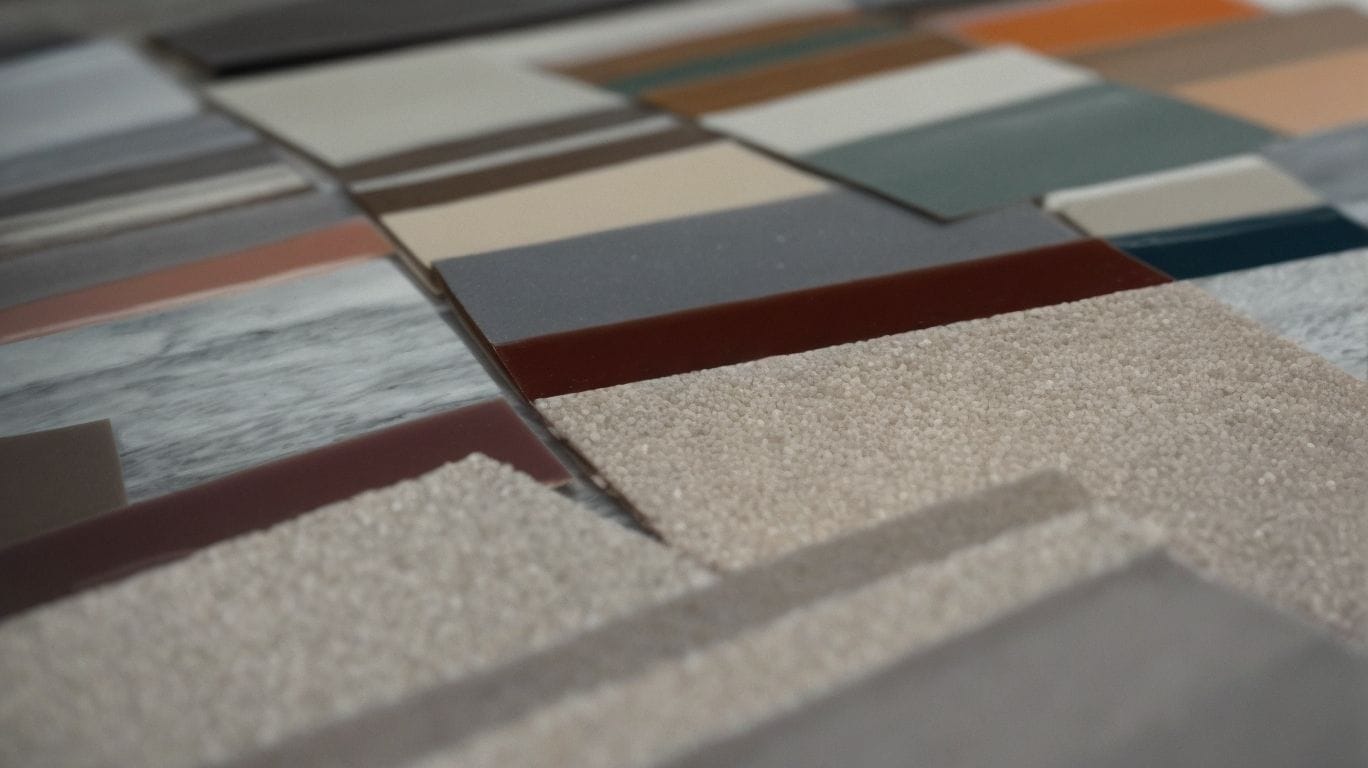
Photo Credits: Diyepoxyresin.Com by Adam Johnson
When it comes to choosing the best type of epoxy flooring for your space, there are several factors to consider. Each space has its unique purpose and usage, which will impact the type of epoxy flooring that is most suitable. Additionally, the amount of foot traffic and the level of usage will also play a role in the decision-making process. Of course, budget is another important consideration. And for those who prioritize aesthetics, there are various options to choose from. Let’s explore these factors in more detail to help you make an informed decision for your epoxy flooring needs.
1. Purpose of the Space
- When deciding on the type of epoxy flooring for a space, it is important to consider its purpose, whether it is for residential, commercial, or industrial use.
Pro-tip: For commercial spaces with high foot traffic, it is recommended to choose epoxy flooring with exceptional durability and resistance to chemicals and heavy loads.
2. Traffic and Usage
- Assessing Traffic and Usage: When considering an epoxy floor, it is important to evaluate the amount of foot traffic, machinery, and equipment that will be present. Higher traffic areas will require more durable and impact-resistant epoxy coatings, such as epoxy mortar systems or decorative quartz flooring.
3. Budget
- Establish a defined budget that takes into consideration the desired coverage area, quality of epoxy, and associated installation costs.
- Conduct thorough market research to gain an understanding of the price range for various types of epoxy flooring.
- Seek guidance from professionals to obtain precise cost estimates for both materials and installation.
4. Aesthetics
Aesthetics are a vital factor to consider when selecting epoxy flooring. It is important to take into account the color, finish, and design options that align with the aesthetic appeal of your space.
For industrial settings, choose epoxy coatings with a high-gloss finish to enhance brightness.
In commercial spaces, consider decorative flakes or metallic epoxy for a visually striking effect.
Residential areas can benefit from epoxy with a variety of color choices, seamlessly blending with the interior design.
How to Properly Install Epoxy Flooring? (Keywords: surface
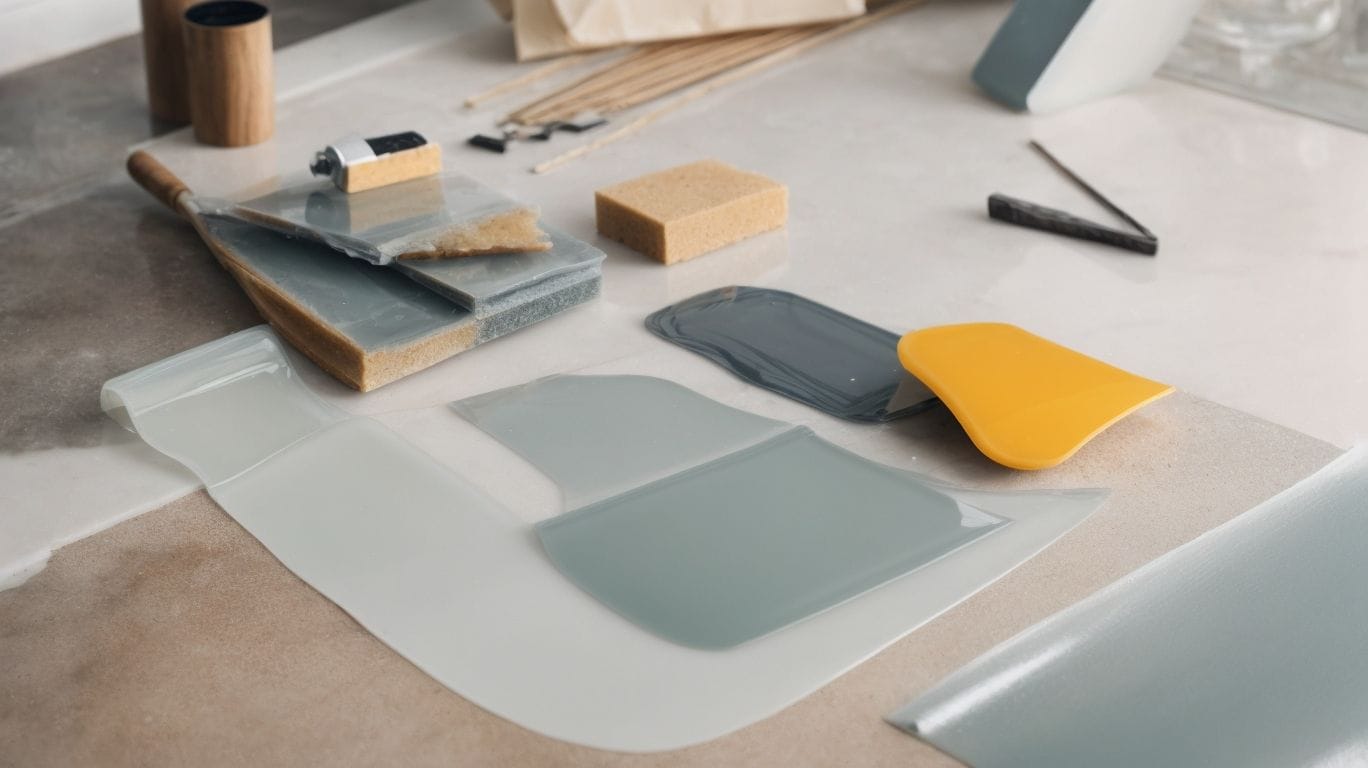
Photo Credits: Diyepoxyresin.Com by Bradley Rodriguez
- Surface Preparation: Ensure the surface is properly cleaned, removing all dirt, oil, and grease to ensure the epoxy adheres correctly.
- Etching: Roughen the surface with an etching solution to allow for better penetration of the epoxy.
- Priming: Enhance adhesion and prevent bubbling or blistering by applying a primer to the surface.
- Mixing Epoxy: Thoroughly mix the epoxy resin and hardener according to the manufacturer’s instructions.
- Application: Use a roller or brush to apply the epoxy evenly in small sections.
- Second Coat: For a durable and long-lasting finish, apply a second coat of epoxy.
- Curing: Allow the epoxy to cure as recommended by the manufacturer for optimal results.
